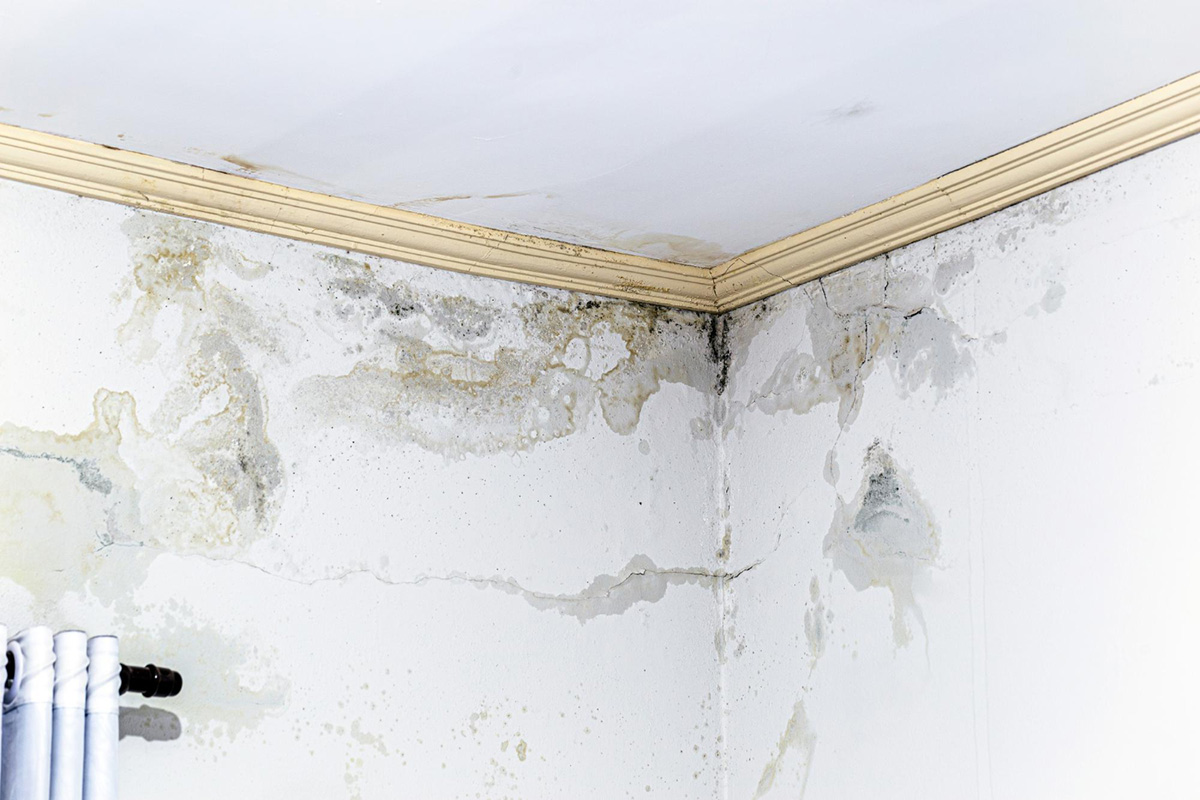Handling Mold Damage after a Tropical Storm

Natural disasters are a fact of life, especially in tropical regions where hurricanes and tropical storms are common. Although we can't control the weather, we can do our best to prepare for it. When it comes to mold damage, prevention is always better than cure. But, sometimes despite our best efforts, mold growth is unavoidable. If you've recently experienced mold damage after a tropical storm, this article is for you. In this post, we will provide you with tips and recommendations to handle mold damage effectively.
1. Identify the Source of Moisture
The first step in dealing with mold damage is to identify the source of the moisture. Mold thrives in damp conditions, so it is important to locate the source of the water intrusion. Is there a leak in the roof or the plumbing? Did water seep in through the windows or doors? Once you know the source of the moisture, you can take steps to stop it. If you can't find the source of the moisture, it may be best to call in a professional water damage restoration company.
2. Dry Out the Affected Area
Once you have identified and fixed the source of the moisture, the next step is to dry out the affected area. Mold can grow in as little as 24-48 hours, so it is important to act fast. Open windows and doors to increase ventilation and use dehumidifiers or fans to circulate air and dry out the area. Remove any wet or damaged materials, such as carpets, insulation, or drywall. If there is standing water, drain it immediately, and dry the affected area thoroughly.
3. Clean and Disinfect Mold-Infested Areas
Before you start cleaning, make sure to wear protective gear such as gloves, goggles, and a respirator mask to avoid inhaling mold spores. Use a solution of bleach and water to clean mold-infested areas, and disinfect affected surfaces with a disinfectant spray. Make sure to clean all surfaces, including floors, walls, and ceilings. Pay special attention to areas that are difficult to reach such as corners, crevices, and tight spaces. If the mold is still persistent, consider calling in professionals to remediate the area.
4. Contact a Public Claims Adjuster
After a natural disaster, insurance claims can be tricky and time-consuming. That's where a public claims adjuster comes in. Public claims adjusters work on behalf of the policyholder to help them get the maximum settlement from their insurance company. They can assess the damage, prepare the necessary paperwork, and negotiate with the insurance company on your behalf. If you are looking for a public claims adjuster in South Florida, contact Five Star Claims Adjusting today.
5. Prevent Future Mold Growth
Finally, to prevent future mold growth, you must take steps to reduce moisture in your home. Here are some tips to help you prevent mold growth:
● Fix any leaks as soon as you notice them, whether it's a leaky roof, plumbing, or appliances.
● Make sure to properly ventilate the attic, basement, and crawl spaces.
● Use exhaust fans in the kitchen and bathroom and make sure they vent outdoors.
● Keep humidity levels below 60% by using dehumidifiers or air conditioners.
● Regularly clean and maintain gutters and downspouts to prevent water buildup.
● If you live in a flood-prone area, consider elevating your home and sealing your basement.
Conclusion
Mold damage after a tropical storm can be a nightmare, but with the right approach, it can be handled effectively. Identify the source of the moisture and dry out the affected area. Clean and disinfect mold-infested areas and contact a public claims adjuster to help you with the insurance claim process. Finally, take steps to prevent future mold growth by reducing the moisture in your home. If you are looking for public claims adjuster in South Florida and in need of help with a mold damage, contact Five Star Claims Adjusting today to get a free quote.
